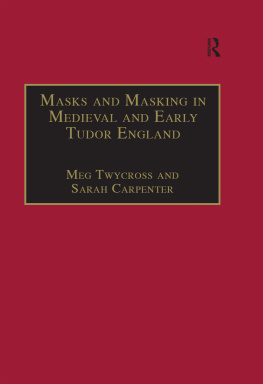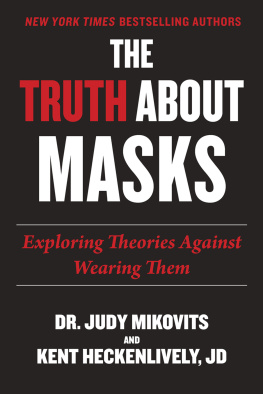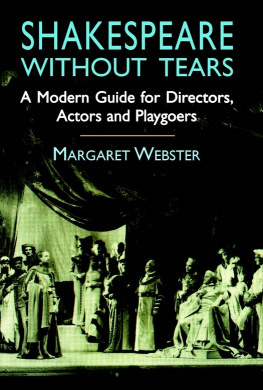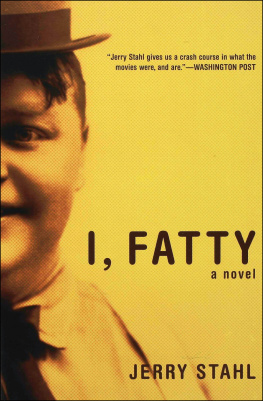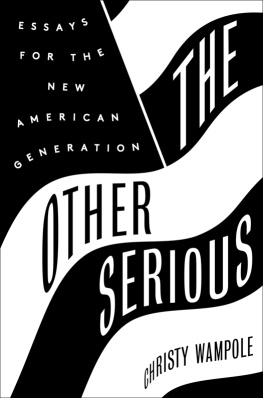Contents

MASKS AND MASKING IN MEDIEVAL AND EARLY TUDOR ENGLAND
Drawing on broad research, this study explores the different social and theatrical masking activities in England during the Middle Ages and the early 16th century. The authors present a coherent explanation of the many functions of masking, emphasizing the important links among festive practice, specialized ceremonial, and drama. They elucidate the intellectual, moral and social contexts for masking, and they examine the purposes and rewards for participants in the activity. The authors insight into the masking games and performances of Englands medieval and early Tudor periods illuminates many aspects of the thinking and culture of the times: issues of identity and community; performance and role-play; conceptions of the psyche and of the individuals position in social and spiritual structures.
Masks and Masking in Medieval and Early Tudor England presents a broad overview of masking practices, demonstrating how active and prominent an element of medieval and pre-modern culture masking was. It has obvious interest for drama and literature critics of the medieval and early modern periods; but is also useful for historians of culture, theatre and anthropology. Through its analysis of masked play this study engages both with the history of theatre and performance, and with broader cultural and historical questions of social organization, identity and the self, the performance of power, and shifting spiritual understanding.
STUDIES IN PERFORMANCE AND EARLY MODERN DRAMA
Studies in Performance and Early Modern Drama presents original research on theatre histories and performance histories; the time period covered is from about 1500 to the early 18th century. Studies in which womens activities are a central feature of discussion are especially of interest; this may include women as financial or technical support (patrons, musicians, dancers, seamstresses, wig-makers) or house support staff (e.g., gatherers), rather than performance per se. We also welcome critiques of early modern drama that take into account the production values of the plays and rely on period records of performance.
Masks and Masking in Medieval and Early Tudor England
MEG TWYCROSS and SARAH CARPENTER

First published 2002 by Ashgate Publishing
Published 2016 by Routledge
2 Park Square, Milton Park, Abingdon, Oxon OX14 4RN
711 Third Avenue, New York, NY 10017, USA
Routledge is an imprint of the Taylor & Francis Group, an informa business
Copyright Meg Twycross and Sarah Carpenter 2002
The authors have asserted their moral right under the Copyright, Designs and Patents Act, 1988, to be identified as the authors of this work.
All rights reserved. No part of this book may be reprinted or reproduced or utilised in any form or by any electronic, mechanical, or other means, now known or hereafter invented, including photocopying and recording, or in any information storage or retrieval system, without permission in writing from the publishers.
Notice:
Product or corporate names may be trademarks or registered trademarks, and are used only for identification and explanation without intent to infringe.
British Library Cataloguing in Publication Data
Twycross, Meg
Masks and masking in medieval and early Tudor England. - (Studies in performance and early modern drama)
1. Masks - England - History 2. Great Britain - Social life and customs - 1066-1485 3. Great Britain - Social life and customs - 16th century
I. Title II. Carpenter, Sarah
391.4'34'0942'0902
Library of Congress Cataloging-in-Publication Data
Twycross, Meg.
Masks and masking in medieval and early Tudor England / Meg Twycross & Sarah Carpenter.
p. cm. -- (Studies in performance and early modern drama)
Includes bibliographical references and index.
ISBN 0-7546-0230-3 (alk. paper)
1. Masks--England--History. 2. Great Britain--History--Tudors, 1485-1603. 3. Great Britain--Social life and customs. I. Carpenter, Sarah. II. Title. III. Series.
GT1748.G7 T94 2001
391.4'34'0942--dc21
2001046421
ISBN 13 : 978-0-7546-0230-9 (hbk)
ISBN 13 : 978-1-138-25785-6 (pbk)
Contents
General Editors Preface
Performance assumes a string of creative, analytical, and collaborative acts that, in defiance of theatrical ephemerality, live on through records, manuscripts, and printed books. The monographs and essay collections in this series offer original research which addresses theatre histories and performance histories in the context of the sixteenth and seventeenth century life. Of especial interest are studies in which womens activities are a central feature of discussion as financial or technical supporters (patrons, musicians, dancers, seamstresses, wig-makers, or gatherers), if not authors or performers per se. Welcome too are critiques of early modern drama that not only take into account the production values of the plays, but also speculate on how intellectual advances or popular culture affect the theatre.
The series logo, selected by my colleague Mary V. Silcox, derives from Thomas Combes duodecimo volume, The Theater of Fine Devices (London, 1592), Emblem VI, sig. B. The emblem of four masks has a verse which makes claims for the increasing complexity of early modern experience, a complexity that makes interpretation difficult. Hence the corresponding perhaps uneasy rise in sophistication:
Masks will be more hereafter in request,
And grow more deare than they did heretofore.
No longer simply signs of performance in play and iest, the mask has become the double face worn in earnest even by the best of people, in order to manipulate or profit from the world around them. The books stamped with this design attempt to understand the complications of performance produced on stage and interpreted by the audience, whose experiences outside the theatre may reflect the emblems argument:
Most men do vse some colourd shift
For to conceal their craftie drift.
Centuries after their first presentations, the possible performance choices and meanings they engender still stir the imaginations of actors, audiences, and readers of early plays. The products of scholarly creativity in this series, I hope, will also stir imaginations to new ways of thinking about performance.
Helen Ostovich
McMaster University
Dedicated to the memories of Richard Gibson, John Ogle, and John Carowe, who knew what it was really like; and Sir Edmund Kerchever Chambers, who did a lot of the spadework.
The seed of this work was first sown in 1980 when we gave a joint paper on Masks to the second annual Medieval English Theatre meeting, which was discussing Props and Costumes. This was published in Medieval English Theatre 3 and 4, and we then started expanding it into a book. Some time later we realised that we were researching the entire history of medieval theatre, festivity, pageantry, and folk custom. We paused to re-form. Other projects intervened, but the thinking continued and the material kept accumulating. The present book is not complete, but we offer it because we had to stop somewhere.
If we were to thank everyone who has contributed to the project over the last twenty years, the list would comprise the entire community of medieval theatre specialists and a substantial phalanx of other medievalists and early modernists. Here we confine ourselves to those who have helped us over the last push by answering queries, remembering references, helping with translations, checking details in remote libraries, giving access to databases: Richard Beadle, Olga Horner, Malcolm Jones, Gordon Kipling, Tom Pettitt, Andrew Prescott, Bart Ramakers, Graham Runnalls, Susan Rosser, Alison Samuels, Bob Samuels, Roger Savage, Maurice Slawinski, and Zara Zaddy. Others are acknowledged in the footnotes. Besides this, we owe a particular debt of enlightenment to Carl Heap and Dick McCaw of the Medieval Players, to Donato Sartori, mask-maker extraordinary, and to the Joculatores Lancastrienses past and present, the research team who tried out our theories in performance. Our editor, Erika Gaffney, brought things to fruition with a commendable blend of patience and firmness.

